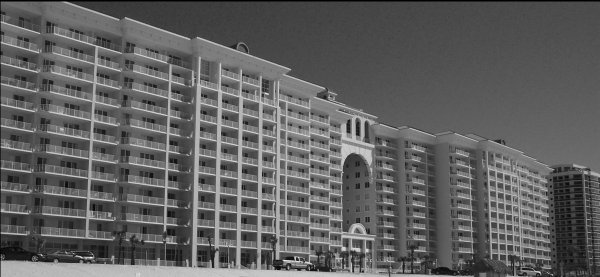A nice follow up to Terri’s homeless census post is Mark Zimmerman’s My View column in the recent Chapel Hill News
How do you solve the homeless problem? Give them a home.
That almost sounds like a bad joke, doesn’t it? But it’s what the Orange County Partnership to End Homelessness Steering Committee is about to propose in its Ten Year Plan to End Chronic Homelessness. The partnership includes 60 community leaders representing dozens of organizations working on a local plan in response to a federal homelessness initiative.
Included among the partnership’s recommendations is a plan to move chronically homeless from the streets into permanent housing accompanied by intensive services.
The program is a relatively new idea called Housing First. It’s a federal initiative based on the principle that some people — the chronically homeless — need the stability of a residence before they can overcome the issues that led to their homelessness. The traditional model has required people to become “housing ready” before getting their own place. Housing First turns that model on its head.
So who are these chronically homeless? They are a group born of a federal definition: individuals, homeless for at least a year, or consistently homeless over several years, with a disability (often substance abuse or mental illness). These are folks who haven’t just been hit with problems. They have become part of their problem.
The chronically homeless are a minority of the homeless population (39 were counted in Orange County last year). However, they are among the most visible. Current treatment and care programs haven’t proven very effective. This group uses a disproportionate share of services, draining limited resources. They are costly to our hospitals and are more likely to draw police attention. They are often the ones who invoke the unfortunate vituperation of some residents, businesses and visitors.
That “vituperation” has been commented on extensively over on this thread at OrangePolitics.
Mark continues:
Housing First will take a commitment from the community to succeed, especially since we don’t want to divert funds currently assisting the transitional and non-chronically homeless. Indeed, Housing First is just one of multiple strategies in the Ten Year Plan to End Chronic Homelessness to address the continuum of housing needs in our community.
I hope this proposal will engage our community in productive debate, for there is one point on which both advocates for and detractors of our homeless population agree: We should get these folks off the streets. Whatever else you may think about it, Housing First promises to accomplish that.
Checkout the whole column to see how Mark’s thinking change over the course of his investigations.










